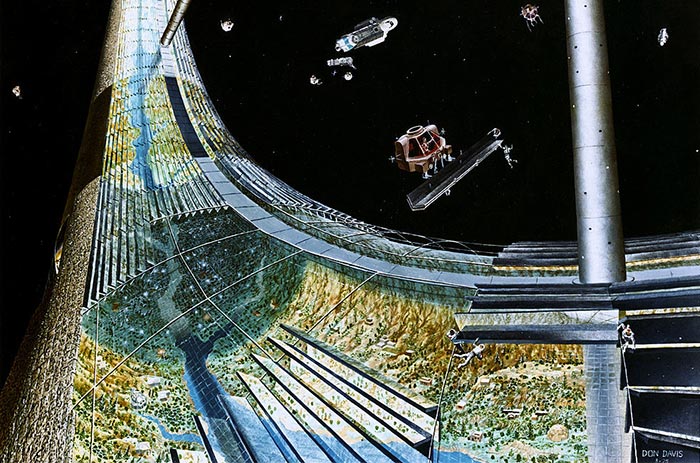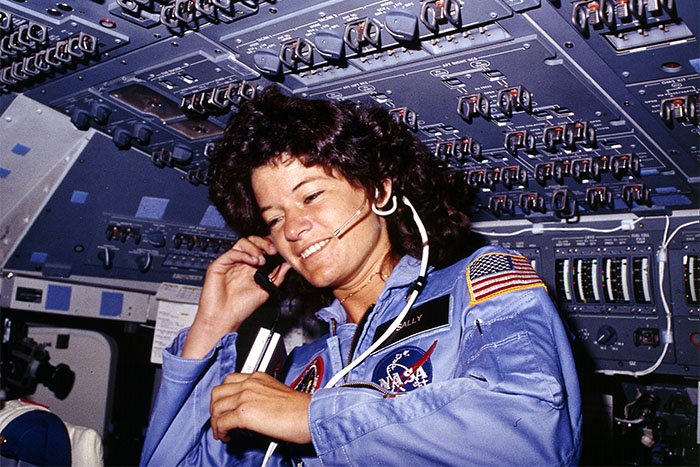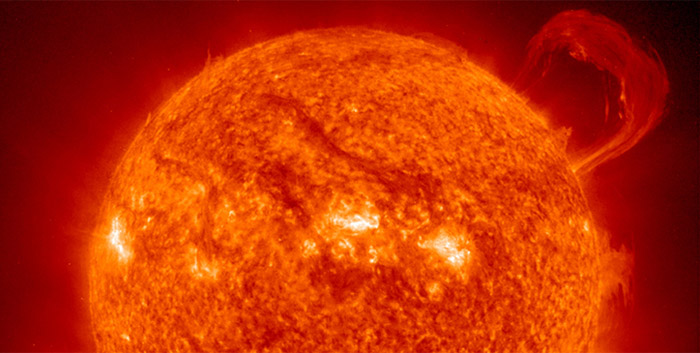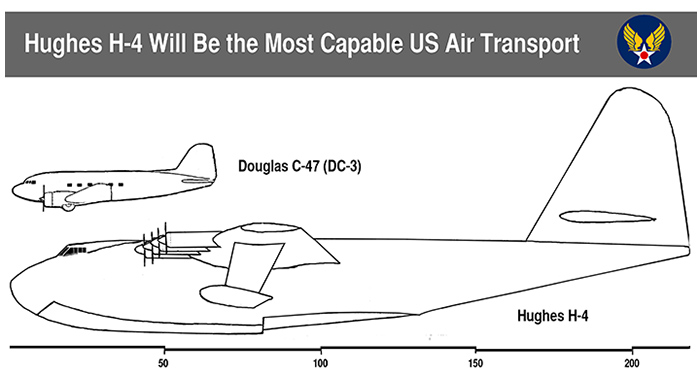There is considerable concern in the halls of Congress about the Chinese space program. Many legislators, such as Rep. Frank Wolfe (R-VA) fear that China may be catching up and about to surpass the United States.
The reasons for that concern (which verges on panic in some quarters) are a bit beyond our ken. The Chinese space program is just now approaching (at a rather slow rate) milestones the US and Soviet Union achieved more than 30 years ago. Its Shenzhou capsule is not an original development but based on imported Soyuz technology. It is, more over, a program with no useful military applications. Using Shenzhou, China might be abel to build a small space station or possibly even pull off a Moon landing, at very great expense, but those are things the United States did long ago.
From a national-security viewpoint, China’s other space program should be of greater concern. The Shelong, or Divine Dragon, spaceplane project was leaked to the press in 2007. Very little is known about the project, apart from one photograph that shows a test article (possibly subscale) being carried beneath the fuselage of a Chinese bomber.

It’s possible Divine Dragon might be nothing more than an experimental test vehicle, like the USAF X-37. It’s also possible that Divine Dragon might be much more.
During the Cold War, the United States and the Soviet Union had military manned space programs that ran in parallel with the civilian programs. The primary focus of the US program was the X-20 DynaSoar. The Soviet equivalent was the MiG-105 Spiral, whose aerodynamic configuration inspired NASA’s HL-20 and Sierra Nevada’s Dreamchaser. The MiG-105 example is especially relevant.
One of the most important missions envisioned for the MiG-105 was anti-surface warfare. For that mission, MiG-105 spaceplanes would operate in hunter/killer pairs. One spaceplane would travel slightly ahead of the other, in the same orbit, using a powerful radar to locate US carriers. The hunter would transmit the targeting information to the second spaceplane, which would then kill the target with a large missile.
Had the MiG-105 been fully developed and successfully deployed, it would have changed the balance of power at sea. The global strike capability provided by such a spaceplane would make aircraft carriers obsolete, just as carriers made battleships obsolete in the 1930’s. Fortunately of the US, the Soviet design relied on a first-stage concept with a very advanced high-speed air-breathing engine. Such an engine was science fiction at the time and would be extremely challenging even today. Nor was it necessary – a more conventional rocket-powered first stage could have been chosen, and the MiG-105 spaceplane itself was a very sound concept even if its booster was overly ambitious. The United States dodged a bullet because the Soviet Union made a poor design choice.
The United States cannot count on dodging every bullet, however. It is quite possible that China has something similar to MiG-105 in mind – having the capability to sink US carriers, at will, anywhere in the world would be of obvious interest to the Chinese military – and we can’t necessarily count on China making the same bad design choices as the Soviet Union.
We find it puzzling that China hawks like Rep. Wolfe are making such a big deal about Shenzhou while ignoring Divine Dragon. Of course, they have access to classified intelligence which we do not. Perhaps the CIA is telling them that Divine Dragon is not a threat or has been discontinued. Given the number of CIA intelligence failures in the past, however, that is not something we would want to bet the nation’s future on. Prudence would seem to call for a stronger response, including revitalizing the US Military Space Plane project, which has been moribund for years due to lack of funding. (Note: we are talking about the operational Military Space Plane, not the experimental X-37.)
We’re also puzzled why Rep. Wolfe has used Shenzhou as a justification for taking money away from NASA’s commercial space development programs and giving it to Orion and the proposed Space Launch System. If Shenzhou is a threat to US interests and security, as Wolfe believes, companies like SpaceX would seem to be the best hope for countering it. Chinese space leaders have expressed open concern about SpaceX’s launch prices, which they do not believe they can meet. They are not alone. Executives of the European launch Arianespace has expressed similar concerns privately. Some believe that Arianespace could be out of business within four years.
Military leaders know that the best strategy is not to throw strength against strength, but strength against weakness. The commercial private sector is a strength America has which Communist China cannot match. It would be a puzzling choice if Congressional leaders like Rep. Wolfe chose to ignore that asymmetrical advantage.








